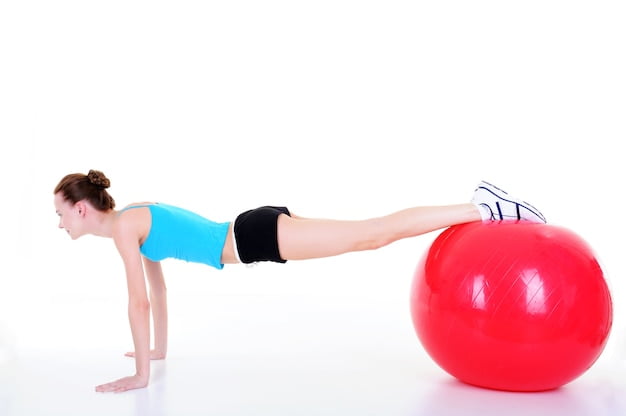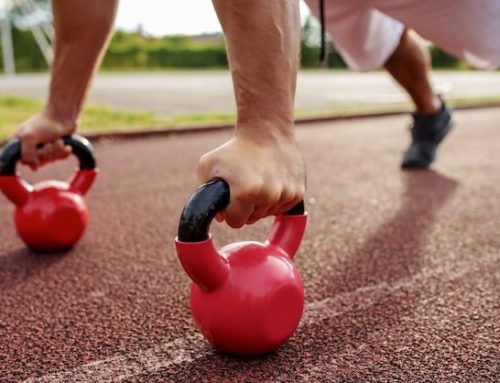Introduction
Stability ball training has become increasingly popular in recent years as people are looking for more efficient ways to work out while also having fun. One of the main exercises people do on stability balls is sit-ups, but is doing sit-ups on a stability ball better for you than doing them on the ground? In this article, we will explore the benefits of stability ball training and whether or not sit-ups on a stability ball are more effective than traditional sit-ups.
The Benefits of Stability Ball Training
Stability ball training has many benefits. It is a great form of exercise for improving balance and coordination, as well as strengthening your core muscles. The instability of the ball forces your body to engage more muscles to maintain your balance which provides for a more intense and effective workout. Using a stability ball can also improve your posture which can help alleviate back pain. According to a study conducted by the National Institute for Occupational Safety and Health, sitting on a stability ball instead of a chair improved spinal posture and decreased discomfort in office workers.
The Science Behind Sit-Ups on a Stability Ball
Sit-ups on a stability ball are believed to be more effective because the instability of the ball forces your core muscles to work harder to maintain your balance. According to a study done by the Journal of Strength and Conditioning Research, sit-ups on a stability ball resulted in significantly higher muscle activation in the rectus abdominis, external obliques, and erector spinae muscles compared to sit-ups on the ground.
The Potential Downsides of Sit-Ups on a Stability Ball
While sit-ups on a stability ball can be more effective, they can also be more challenging and potentially dangerous if not done correctly. If you do not have good balance or a strong core, you may struggle to maintain your balance on the ball, putting you at risk for falling off and injuring yourself. It is important to start with basic exercises and progress slowly to more advanced exercises. Additionally, improper form during sit-ups on a stability ball can lead to back pain or injury. It is important to keep your back straight and engage your core muscles during the exercise.
Alternatives to Sit-Ups on a Stability Ball
If you are not ready for sit-ups on a stability ball, there are other exercises you can do to work your core muscles. Planks, leg raises, and Russian twists are all effective exercises that can be done without a stability ball. It is important to choose exercises that are appropriate for your fitness level and focus on proper form to avoid injury.
How to Do Sit-Ups on a Stability Ball
If you are ready to try sit-ups on a stability ball, here are the steps to do them correctly:
- Position yourself on the ball so that your lower back is supported and your feet are flat on the floor.
- Place your hands behind your head or on your chest.
- Engage your core muscles to bring your shoulders up off the ball, lifting your upper body towards your knees.
- Exhale as you lift and inhale as you lower your shoulders back down to the ball.
- Repeat for 10-15 reps.
- Rest and repeat for 2-3 sets.
Conclusion
Stability ball training can be an effective way to improve your balance, coordination, and core strength. Sit-ups on a stability ball can be more effective than traditional sit-ups, but they can also be challenging and potentially dangerous if not done correctly. It is important to start with basic exercises and progress slowly to more advanced exercises. Always focus on proper form and engage your core muscles during any exercise to avoid injury.






